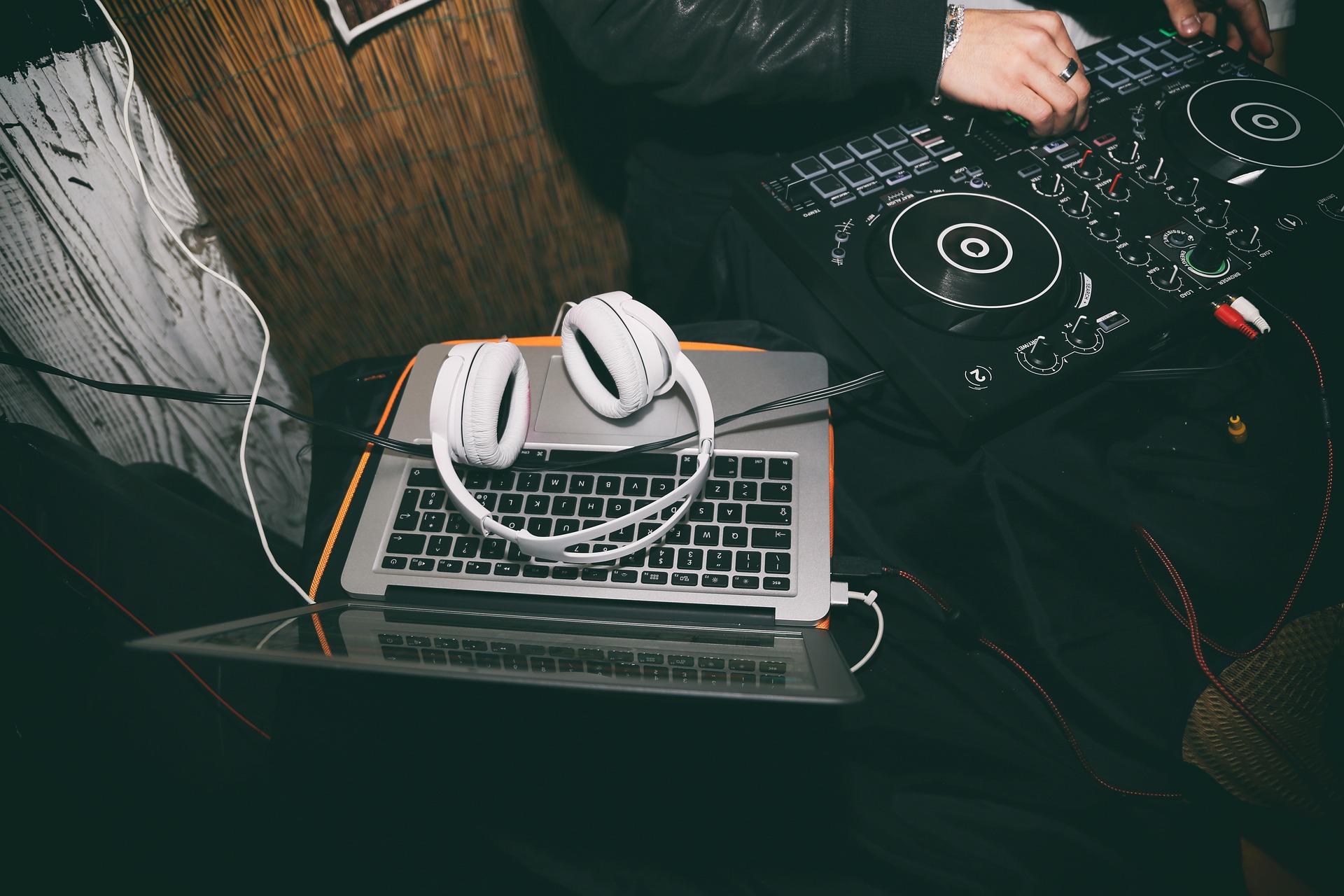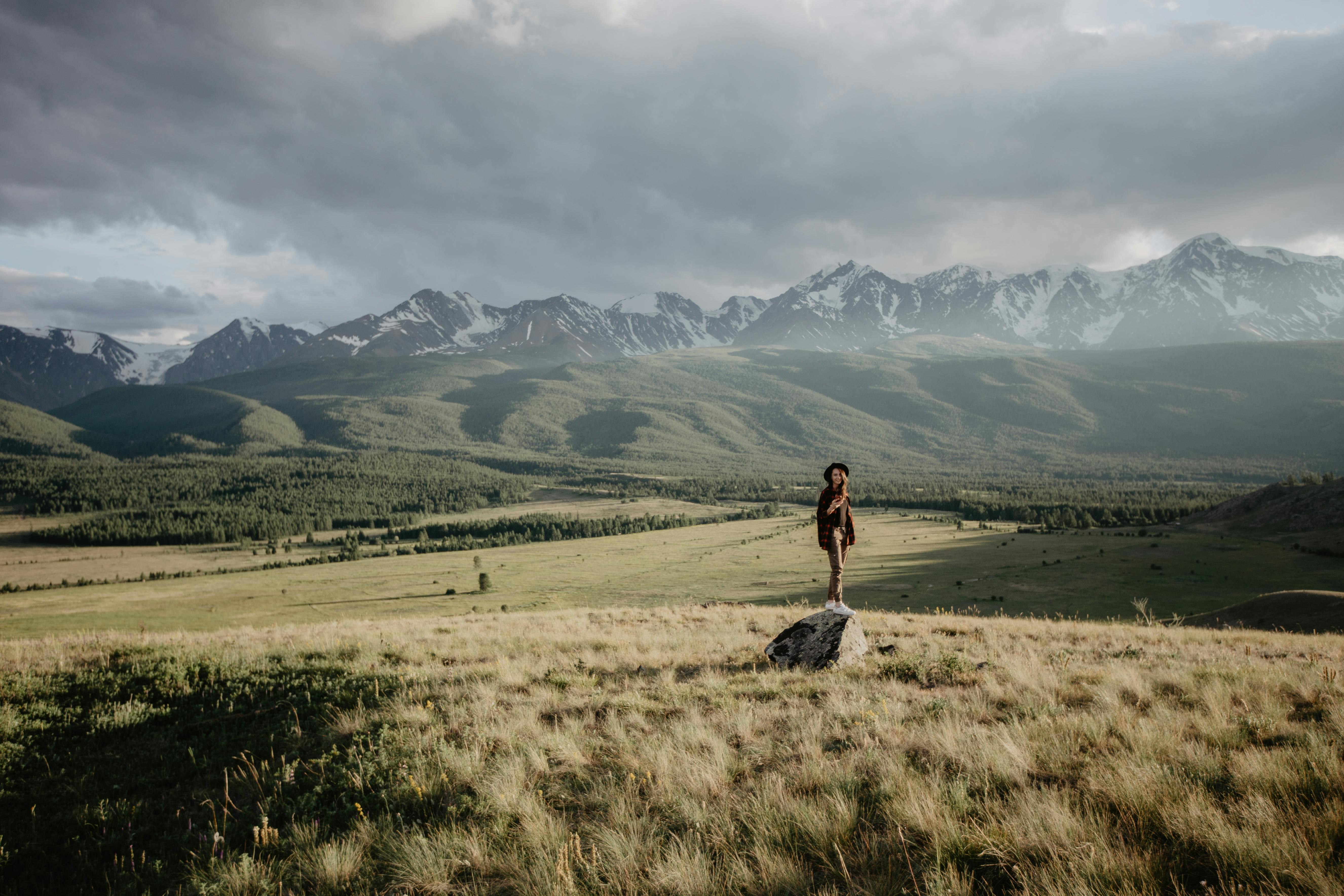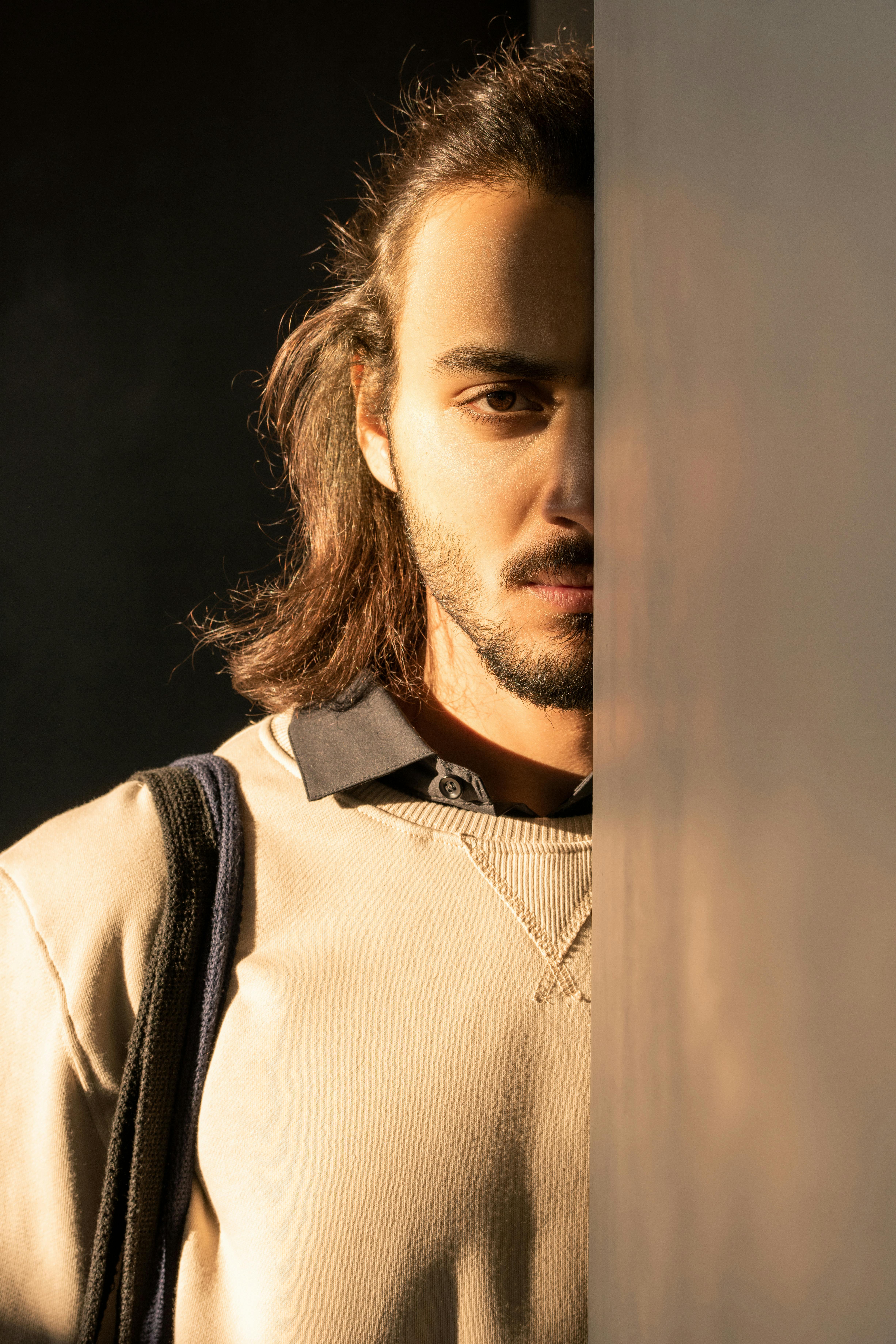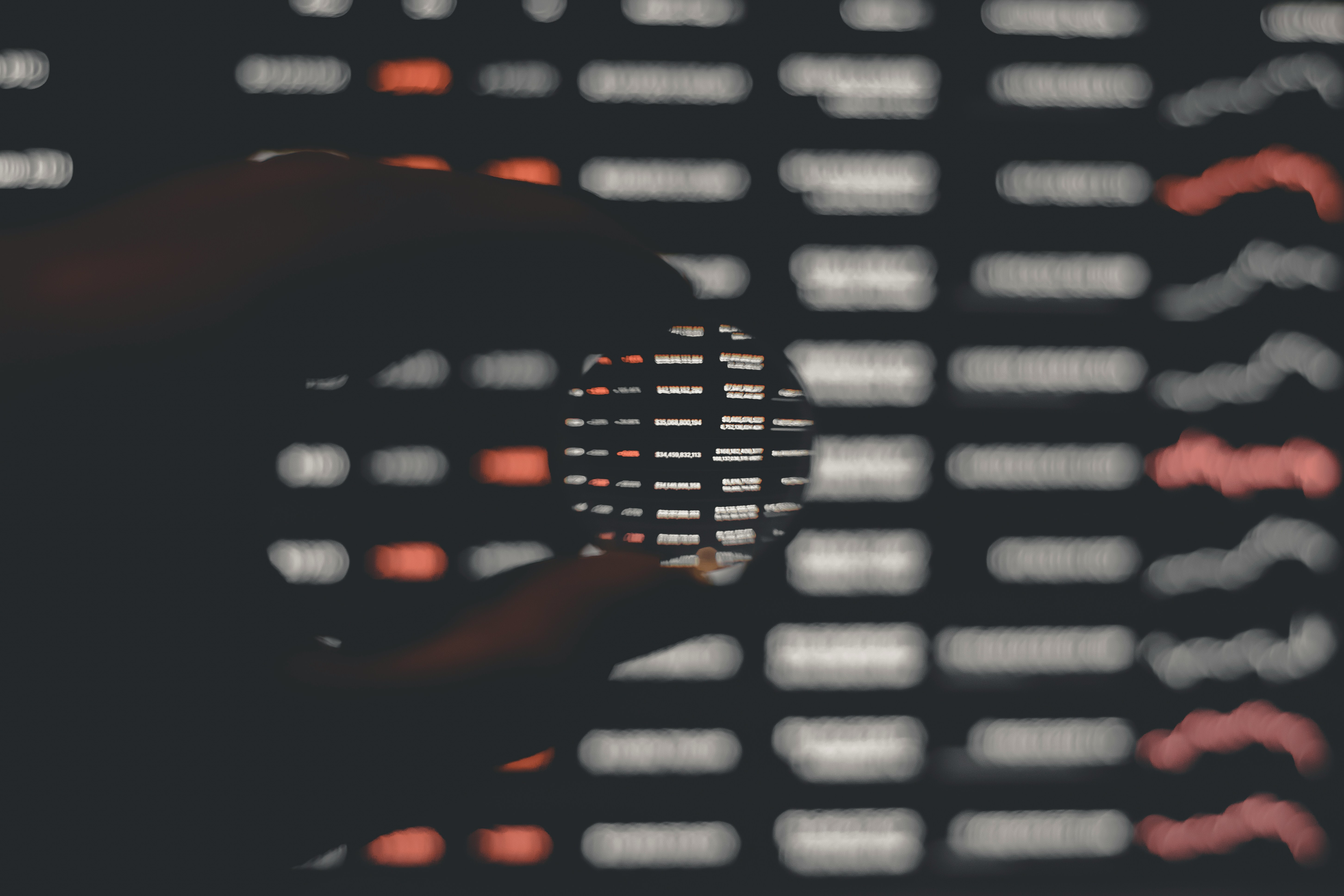Synesthesia: The Artistic Bridge Between Senses
Synesthesia, a phenomenon where one sense triggers another, has been a fascinating topic for centuries. This neurological condition has found its place in the arts and entertainment industry, influencing the creative processes and works of many renowned artists. This article will delve into the historical significance of synesthesia, its current application in various artistic fields, and its potential to reshape our understanding of creative expression.

A Sensory Symphony: Understanding Synesthesia
Synesthesia, from the Greek “syn,” meaning “together,” and “aisthesis,” meaning “sensation,” refers to the experience of overlapping senses. Some synesthetes can taste words, see music, or feel colors. This phenomenon was first scientifically documented in the 19th century, and it’s estimated that approximately 4% of the population experiences some form of synesthesia.
Synesthesia’s Historical Echoes in Art
Synesthesia has been a source of inspiration for artists, musicians, and writers for centuries. The early 20th-century Russian painter Wassily Kandinsky, often hailed as the pioneer of abstract art, was reportedly a synesthete. His desire to create a visual equivalent of a symphony led him to produce vibrant, dynamic works that aimed to evoke sound through sight. Similarly, the iconic 19th-century poet Arthur Rimbaud’s famous sonnet “Vowels” assigned colors to different vowels, suggesting a possible synesthetic experience.
Contemporary Synesthesia: Current Trends and Developments
Today, synesthesia continues to influence a wide array of artistic fields. Musicians like Pharrell Williams and Billy Joel have publicly spoken about their synesthetic experiences shaping their music. In the visual arts, synesthete artists like Carol Steen and Marcia Smilack employ their unique sensory experiences to create visually striking and emotionally resonant works.
The Impact of Synesthesia in Entertainment and Culture
Synesthesia’s influence extends beyond the traditional arts and into the entertainment industry. It’s been explored in movies like Pixar’s “Ratatouille,” where the protagonist, Remy the rat, visualizes tastes as bursts of color. This sensory blending has also been utilized in immersive experiences, creating multi-sensory events that aim to provide a glimpse into the synesthetic experience.
Shaping the Future of Artistic Expression
Synesthesia challenges our conventional understanding of sensory perception and artistic expression. It demonstrates that creativity can be deeply entwined with our sensory experiences, opening up new avenues of exploration in the arts. As we continue to understand and appreciate this phenomenon, synesthesia may hold the key to novel, immersive, and sensory-rich forms of artistic expression.
Synesthesia, with its ability to blur the boundaries between senses, offers a fresh perspective on how we perceive and interact with the world. By incorporating synesthetic elements into their works, artists can create multi-dimensional experiences that engage audiences in profound, unexpected ways. As we continue to explore this fascinating phenomenon, we can look forward to a future where art transcends the limitations of individual senses and resonates on a more holistic, immersive level.




